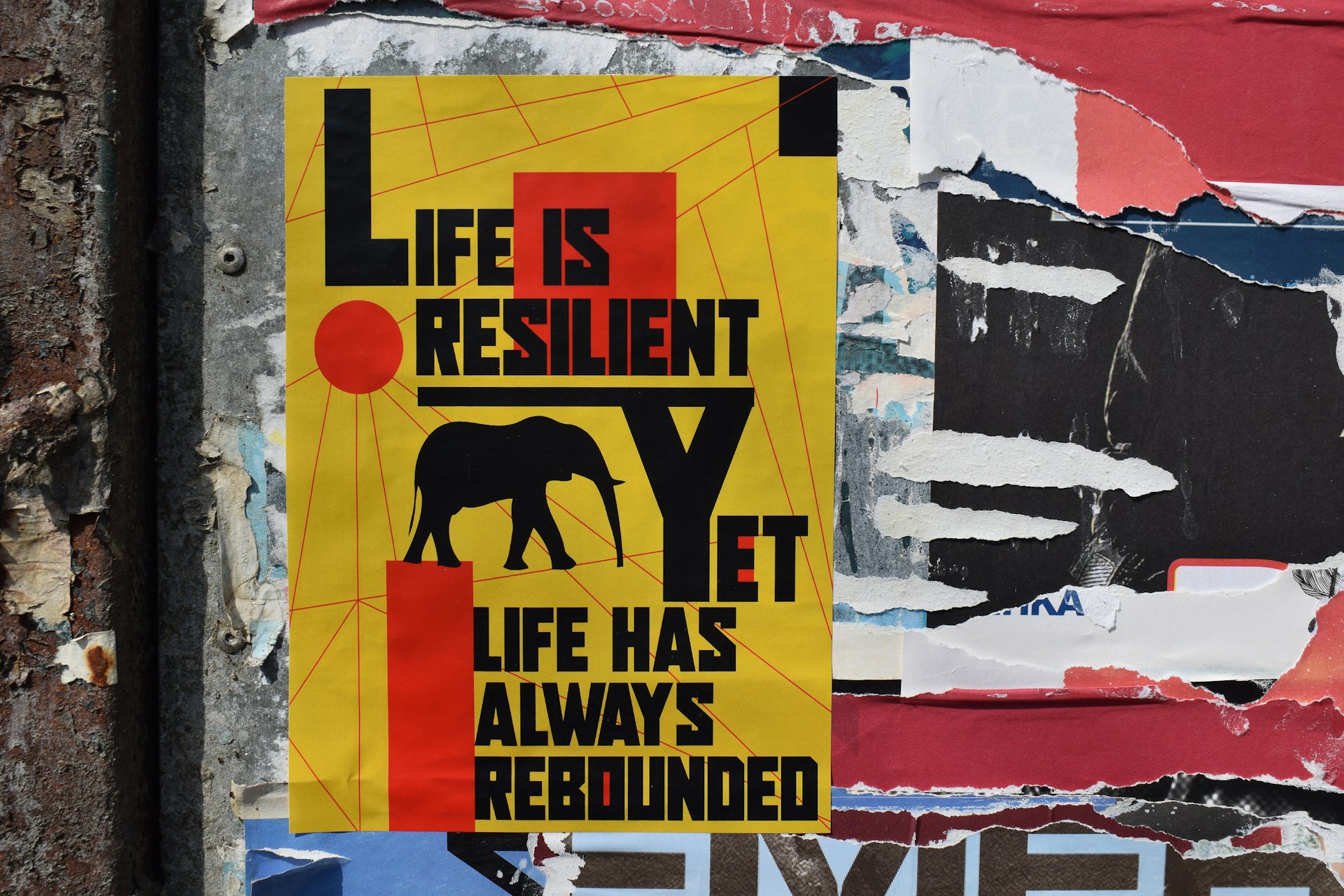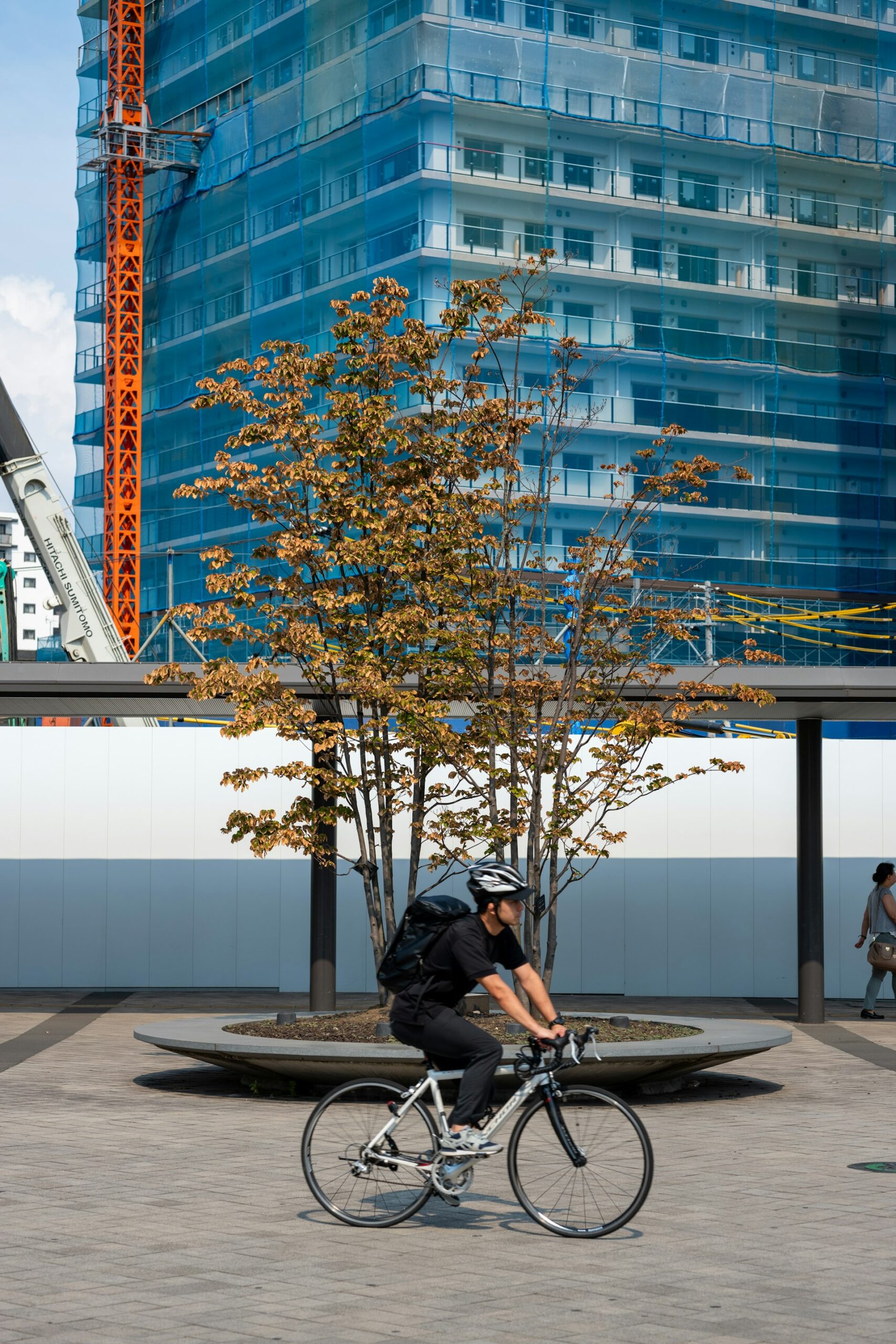Unlocking Creative Potential: Art in Augmented Reality Spaces

Photo by 烧ä¸é…¥åœ¨ä¸Šæµ· è€çš„ on Unsplash
Introduction: The Fusion of Art and Augmented Reality
Augmented reality (AR) is rapidly redefining artistic boundaries, allowing creators and audiences to merge digital innovation with traditional craft. By overlaying digital elements onto real-world environments, AR art expands the possibilities for both public installations and private experiences. This emerging field offers new dimensions for artists, curators, and art lovers, providing interactive, immersive, and accessible opportunities that were previously unattainable [1] .
What Is Augmented Reality Art?
Augmented reality art involves superimposing computer-generated images, animations, sounds, or effects onto the viewer’s physical environment, typically using mobile devices or AR glasses. Unlike virtual reality, which creates a fully digital world, AR art enhances real spaces with dynamic, interactive elements. Examples range from animated murals to digital sculptures that appear in public parks or museums [5] .
Key Benefits of AR in Art Spaces
Implementing AR in art spaces brings several practical advantages:
- Accessibility: Virtual exhibitions and AR galleries enable remote access, allowing global audiences to experience art without physical travel [2] .
- Interactivity: Viewers can interact with artwork, unlocking layers of animation, sound, or information for deeper engagement [3] .
- Preservation: Digital overlays reduce wear and physical risk, helping preserve original art while providing new experiences.
- Creative Expansion: Artists can experiment with motion, sound, and real-time user input, expanding the narrative potential of their work.
How Artists and Galleries Are Using AR
Leading artists and galleries are leveraging AR to create groundbreaking installations and interactive experiences. Here’s how:
Virtual Exhibitions
Platforms such as Acute Art and Artivive host digital galleries, enabling artists like Olafur Eliasson and Marina Abramovic to present international exhibitions accessible from anywhere. Audiences can use apps to view and interact with these works, bypassing geographic barriers [2] .
AR Murals and Public Sculptures
Artists are integrating AR triggers into street art and murals. For example, the Montreal Mural Festival showcased interactive murals that respond to viewers’ devices, adding storytelling or animation. Digital graffiti, as pioneered by Snapchat with Jeff Koons, enables virtual installations in public spaces without altering physical surfaces [2] .
Museum Installations
Museums are adopting AR to enhance visitor engagement. The National Museum of Singapore’s
Story of the Forest
transformed historic drawings into 3D animations, allowing visitors to use an app to interact and learn about depicted species. Similarly, the Art Gallery of Ontario’s
ReBlink
reimagined classic paintings through AR layers, letting viewers explore new narratives and perspectives
[4]
.
Case Studies: Artists Pushing Boundaries
Yunuen Esparza
Mexican artist Yunuen Esparza fuses traditional oil painting with AR, layering interactive digital components on her geometric, deconstructivist canvases. Viewers experience her pieces through a dedicated AR app, watching static images come alive and engaging with themes drawn from Mexican culture [3] .
Marc O Matic
Australian artist Marc O Matic combines intricate pen drawings with AR, adding motion and sound to his steampunk-inspired works. His installations invite viewers to participate actively, turning observation into real-time interaction. Such approaches redefine the viewer’s role from passive recipient to co-creator [3] .
Implementing AR Art: Step-by-Step Guidance
If you’re interested in creating or experiencing AR art, follow these steps:
- Choose the Right Platform: For artists, platforms like Acute Art and Artivive allow you to create and publish AR experiences. Galleries can partner with tech firms such as Cuseum to develop custom AR apps for exhibitions [1] .
- Develop Content: Use 3D modeling tools (e.g., Autodesk AutoCAD, 3ds Max) and AR SDKs (e.g., ARKit, ARCore) to design digital overlays. Collaborate with programmers or use platform-specific guides for integration.
- Deploy and Test: Host your AR content on an app or web platform. Test functionality across devices to ensure a seamless user experience.
- Promote Access: For public installations, provide clear instructions on how visitors can access AR content-such as QR codes, signage, or downloadable apps. For remote galleries, offer support through guides or tutorials.
Alternative Pathways to AR Art Engagement
If you lack technical resources, you can still engage with AR art in several ways:
- Attend AR art festivals, such as the Mural Festival in Montreal, which often feature public demonstrations and interactive exhibits.
- Explore museum AR installations-check the official websites of major museums like the National Museum of Singapore or the Art Gallery of Ontario for current AR-enabled exhibitions.
- Download established AR art apps like Acute Art or Artivive from verified app stores, and search for featured artists or exhibitions.
- Connect with local art collectives or digital arts organizations that may offer workshops or collaborative AR projects.
Potential Challenges and Solutions
While AR art offers transformative potential, it comes with challenges:

Photo by Dmitry Spravko on Unsplash
- Technical Barriers: Not all users have access to compatible devices or high-speed internet. Consider offering alternative non-AR versions or guided experiences.
- Learning Curve: Artists and curators may need training in 3D modeling, animation, or AR integration. Many platforms provide tutorials and support forums; seeking partnerships with tech-savvy collaborators can accelerate adoption.
- Accessibility: Ensure your AR experiences are inclusive by providing clear instructions, support materials, and accessible design choices.
- Privacy and Security: When deploying AR apps, be transparent about data usage and follow best practices for user privacy.
Key Takeaways: The Future of Art in AR Spaces
Art in augmented reality spaces is more than a technological trend-it’s a revolution in how art is created, shared, and experienced. By merging digital innovation with physical environments, AR art invites broader audiences, fosters deeper engagement, and unlocks new creative possibilities. Whether you’re an artist, curator, or enthusiast, now is the time to explore and participate in this dynamic field. Begin by searching for AR art exhibitions, downloading established apps, or collaborating with interdisciplinary teams to bring your vision to life.
References
- [1] Autodesk (2022). Augmented reality art makes the entire world a canvas.
- [2] Capsule Sight (2023). 15 Examples of the Use of Augmented Reality (AR) in Art.
- [3] Cosimo (2024). Art and Augmented Reality: Merging Creativity & Tech.
- [4] MuseumNext (2024). How Museums are using Augmented Reality.
- [5] Digital Arts Blog (2024). 10 Digital Artists: Augmented Reality Art.



